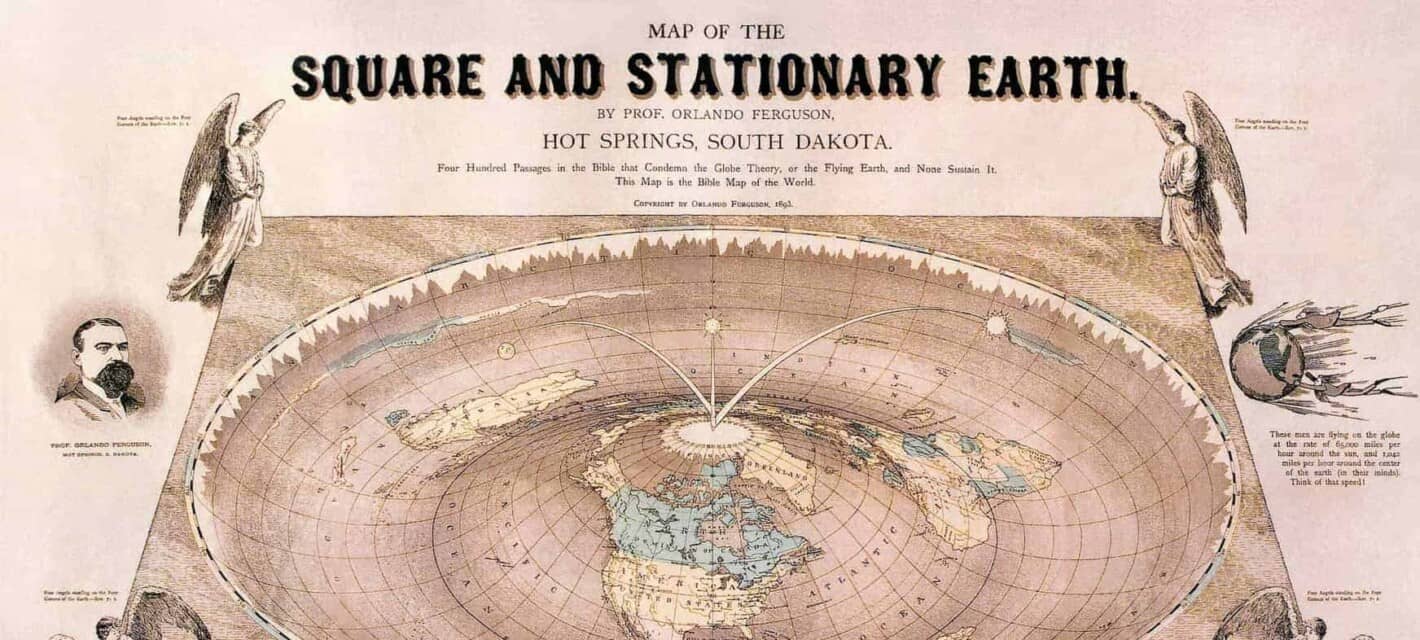The Age of Discovery was a period in history that is normally said to have occurred between the 15th and 18th centuries. It involved European ships travelling around the world in a bid to find new trading partners and routes to improve their lives back home. Of course, these explorers ended up enslaving and murdering millions of native peoples which makes it easy to forget about the great achievements of Magellan, Cortes and others.
Life was rough for sailors on these voyages and it could be years before they made it home. In many cases, these men died overseas; either through encounters with natives or more likely, because of disease. While it was probably thrilling to be part of an expedition to locate new worlds, it is worth noting that sailors were poorly paid and harshly treated. Some of these men were actually impressed (forced) into service and would be whipped or beaten for disobeying commanding officers while failed mutineers paid with their lives.
It was an age where great legends were formed but it has also provided us with more than its fair share of myths and I look at 6 of them below.

1 – Cortes Was Seen as a God by the Aztecs
This myth suggests that the Aztecs thought Hernan Cortes was the god Quetzalcoatl and the rest of his conquistadores were also gods. To be precise, the Aztec leader Montezuma is said to have mistaken Cortes for a god. In reality, there is no evidence to suggest this was ever the case. Cortes wrote plenty about his adventures in Mexico and never mentioned anything about himself or his followers being mistaken for deities.
He did write that the natives were awestruck by the weaponry of the conquistadores and there was an account of a Spaniard on a horse being viewed as ‘man and beast’ by a native after originally mistaking the conquistador as a centaur-type creature.
It would appear as if the entire myth began to take shape a couple of decades after the Spanish conquest. Inhabitants of New Spain were trying to figure out how such a small invading force was capable of defeating the mighty Aztecs. Bernardino de Sahagun, a Franciscan friar, began working on research project related to Mesoamerica in approximately 1545. With the aid of the Natuatl people (the term ‘Aztec’ refers to them), Sahagun created The Florentine Codex which is a huge text with over 2,400 pages across a dozen books and more than 2,000 images.
He continued to add to the Codex until he died in 1590. In this text, the Natuatl gave their account of what happened during the Spanish Conquest. Some of the information comes from old warriors who fought the Spanish and lived to tell the tale. In trying to explain their failure to defeat the invaders, they tried to convince themselves that symbols and portends had suggested the Spaniards were actually returning gods.
This led to indecision within the Aztec ranks which allowed the Spanish to take a foothold and defeat the natives. The Spanish were quite happy to play along with the myth and used it to their advantage; it provided them with justification for later conquests. Of course, there were other reasons why Cortes was able to defeat a much larger force. As well as having no knowledge of foreign threats and weaponry, the Aztecs were also oppressive rulers; this was one of the main reasons for their demise. Instead of taking up arms against the Spanish, a number of native auxiliaries helped the conquerors!

